Vermicompost For Plants: The Natural Way To Boost Plant Growth
Introduction
Vermicompost is a type of organic fertilizer that is made by earthworms. It is a rich source of nutrients and beneficial microbes, and it can be used to improve the health and growth of plants.
In this blog post, we will discuss the benefits of vermicompost for plants, how to make it, and how to use it. We will also provide some tips for choosing the right vermicompost for your needs.
Benefits of Vermicompost for Plants
There are many benefits of using vermicompost for plants. Some of the most important benefits include:
- Improved soil health: Vermicompost helps to improve the structure and fertility of the soil. This makes it easier for plants to absorb water and nutrients, which can lead to improved growth and yields.
- Increased nutrient availability: Vermicompost contains a high concentration of nutrients, including nitrogen, phosphorus, potassium, and other trace elements. These nutrients are made more available to plants by the earthworms, which break down the organic matter in the vermicompost.
- Enhanced microbial activity: Vermicompost also contains a high concentration of beneficial microbes. These microbes help to improve the overall health of the soil, which can lead to healthier and more productive plants.
- Reduced plant stress: Vermicompost can help to reduce plant stress caused by pests, diseases, and environmental factors. This is because the nutrients and beneficial microbes in the vermicompost help to strengthen the plant's immune system.
How to Make Vermicompost
Making vermicompost is a relatively simple process. You will need a bin or container, bedding material, and earthworms.
The bin or container should be made of a material that is easy to clean, such as plastic or wood. The bedding material can be a variety of things, such as shredded newspaper, leaves, or straw. The earthworms can be purchased from a vermicomposting supplier.
To start the vermicomposting process, simply add the bedding material to the bin and then add the earthworms. The earthworms will then begin to break down the organic matter in the bedding material, creating vermicompost.
How to Use Vermicompost
Vermicompost can be used in a variety of ways. It can be added to the soil around plants, it can be mixed into potting soil, or it can be used as a foliar spray.
When adding vermicompost to the soil, it is important to do so at the correct rate. Too much vermicompost can actually be harmful to plants. The recommended rate of application is 1-2 pounds of vermicompost per 10 square feet of soil.
Vermicompost can also be mixed into potting soil. This will help to improve the drainage and aeration of the soil, as well as provide the plants with the nutrients they need.
Finally, vermicompost can be used as a foliar spray. This is a great way to give plants a boost of nutrients, especially during the growing season.
Tips for Choosing Vermicompost
When choosing vermicompost, there are a few things to keep in mind. First, you want to make sure that the vermicompost is high quality. This means that it should be dark brown or black in color, and it should have a strong, earthy smell.
Second, you want to make sure that the vermicompost is free of contaminants. This means that it should not contain any harmful chemicals or pathogens.
Finally, you want to make sure that the vermicompost is appropriate for the type of plants you are growing. Some vermicompost is specifically designed for vegetables, while others are designed for flowers or herbs.
Conclusion
Vermicompost is a natural and effective way to improve the health and growth of plants. It is a rich source of nutrients and beneficial microbes, and it can be used in a variety of ways.
If you are looking for a way to boost the growth of your plants, vermicompost is a great option. It is a safe and effective way to improve the health of your soil and give your plants the nutrients they need to thrive.
Vermicompost is a great way to improve the health and productivity of your plants. It is made by earthworms, which break down organic matter into a nutrient-rich soil amendment. Vermicompost is rich in beneficial microbes, which can help to improve plant growth, disease resistance, and water retention.
If you are interested in learning more about vermicompost for plants, I recommend visiting the Home Gardening. This website has a wealth of information on vermicomposting, including how to make your own vermicompost bin, how to use vermicompost, and the benefits of vermicompost for plants.
FAQ of vermicompost for plants
- What are the benefits of using vermicompost for plants?
Vermicompost is a nutrient-rich, organic fertilizer that can improve the health and growth of your plants. It contains a wide range of beneficial microbes that help to break down organic matter and make nutrients more available to plants. Vermicompost also helps to improve the soil structure, making it more porous and water-holding. This can help to reduce water runoff and erosion, and it can also help to improve the drainage of waterlogged soils.
- How do I use vermicompost for my plants?
There are a few different ways to use vermicompost for your plants. You can add it to the soil when you are planting, or you can top-dress the soil with it. You can also mix it with water to make a liquid fertilizer.
- What plants benefit from vermicompost?
Vermicompost can be beneficial for all types of plants, but it is especially beneficial for plants that are heavy feeders, such as tomatoes, peppers, and cucumbers. It can also be beneficial for plants that are grown in containers, as it helps to improve the drainage and aeration of the soil.
- How often should I use vermicompost?
The frequency with which you use vermicompost will depend on the type of plant you are growing and the condition of your soil. In general, you should use vermicompost once or twice a year.
- Is vermicompost safe to use?
Yes, vermicompost is safe to use for plants. It is a natural, organic fertilizer that does not contain any harmful chemicals.
- Where can I buy vermicompost?
You can buy vermicompost at many garden centers and online retailers. You can also make your own vermicompost at home.
Image of vermicompost for plants
- Vermicompost in a bucket. This image shows a bucket filled with vermicompost. The vermicompost is a dark, crumbly material that is rich in nutrients.
- Vermicompost being used to fertilize plants. This image shows a gardener using vermicompost to fertilize plants. The gardener is sprinkling the vermicompost around the base of the plants.
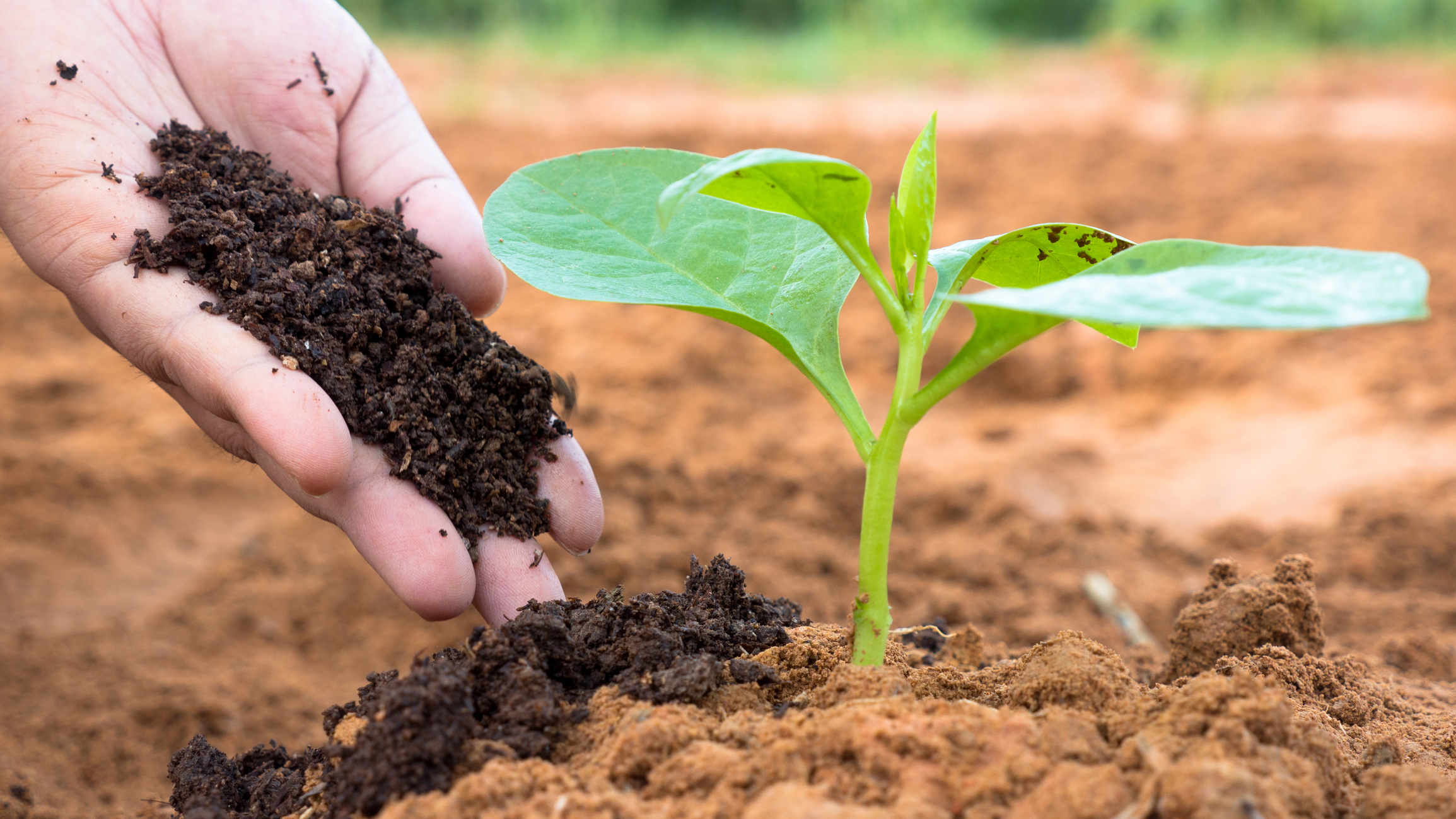
- A close-up of vermicompost. This image shows a close-up of vermicompost. The vermicompost is made up of small, worm-like creatures called earthworms.
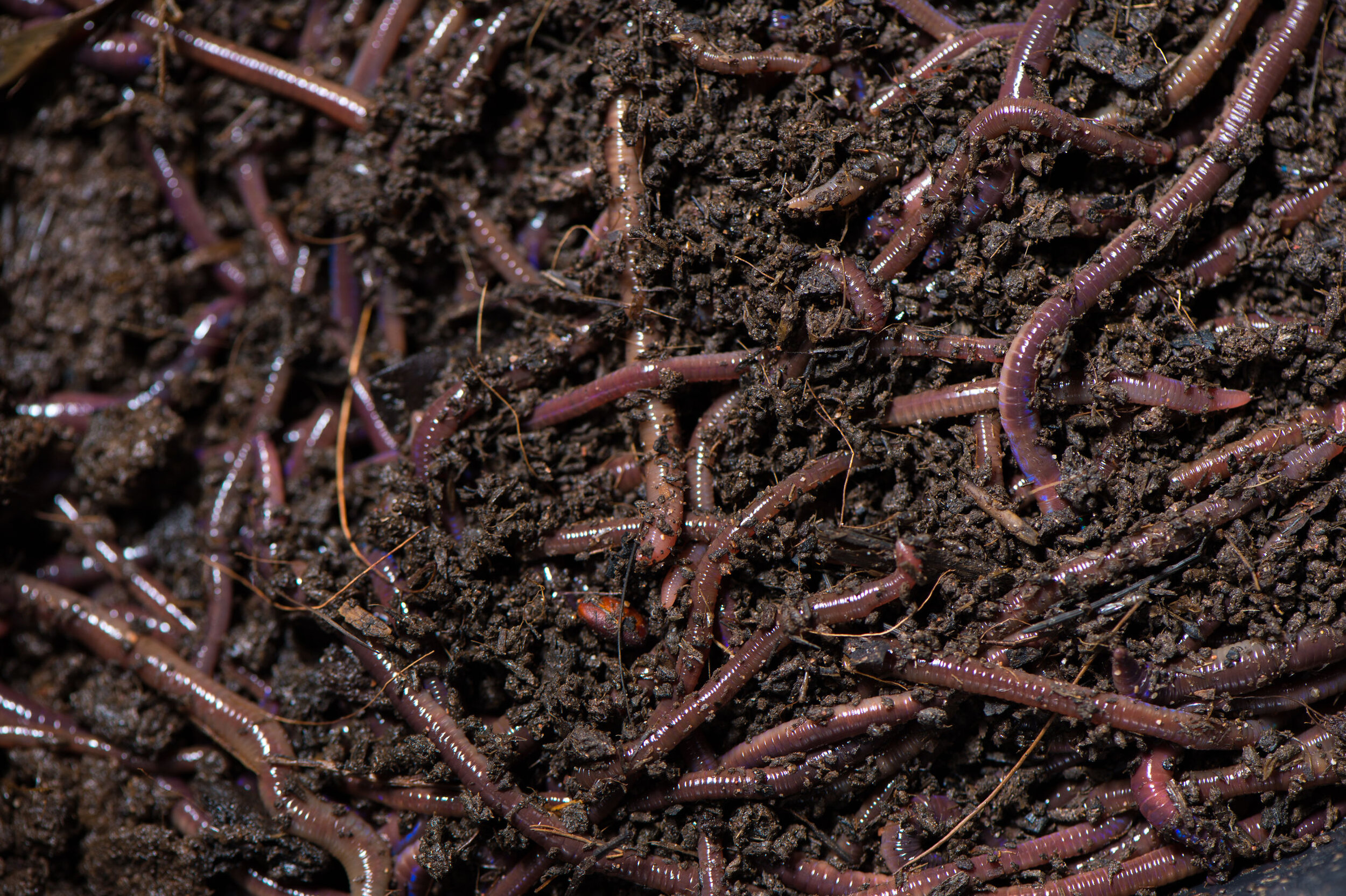
- Vermicompost being used to grow seedlings. This image shows vermicompost being used to grow seedlings. The seedlings are growing in a pot that is filled with vermicompost.
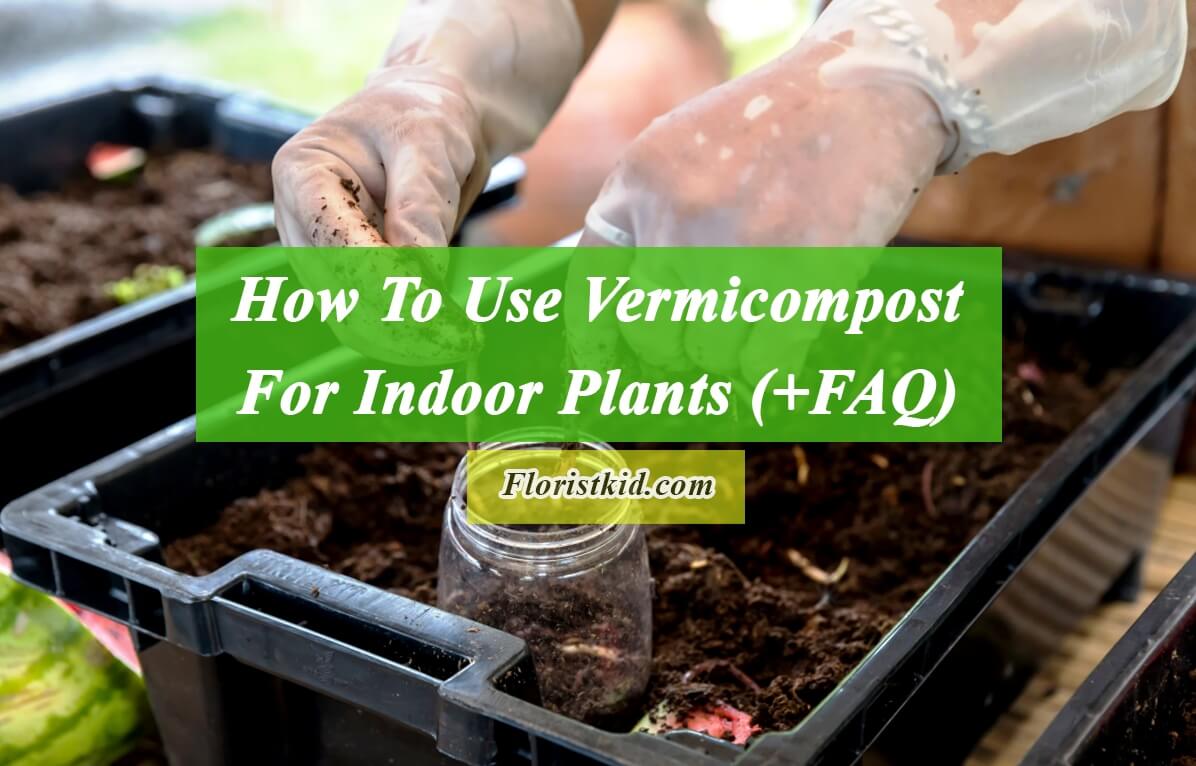
- Vermicompost being used to improve soil quality. This image shows vermicompost being used to improve soil quality. The vermicompost is being added to soil in a garden bed.
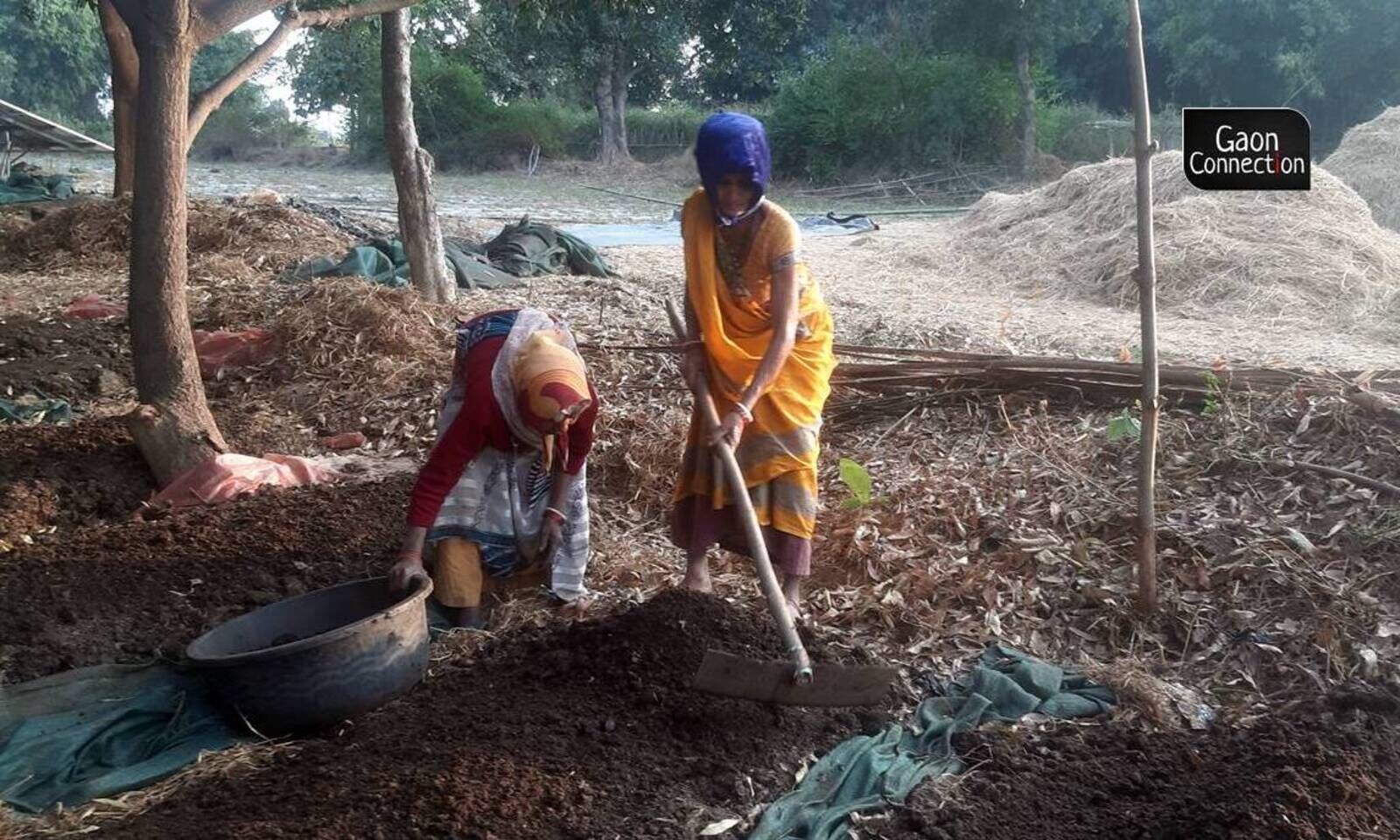
- A worm bin full of vermicompost. This image shows a worm bin full of vermicompost. The worm bin is a container that is used to raise earthworms for the purpose of producing vermicompost.
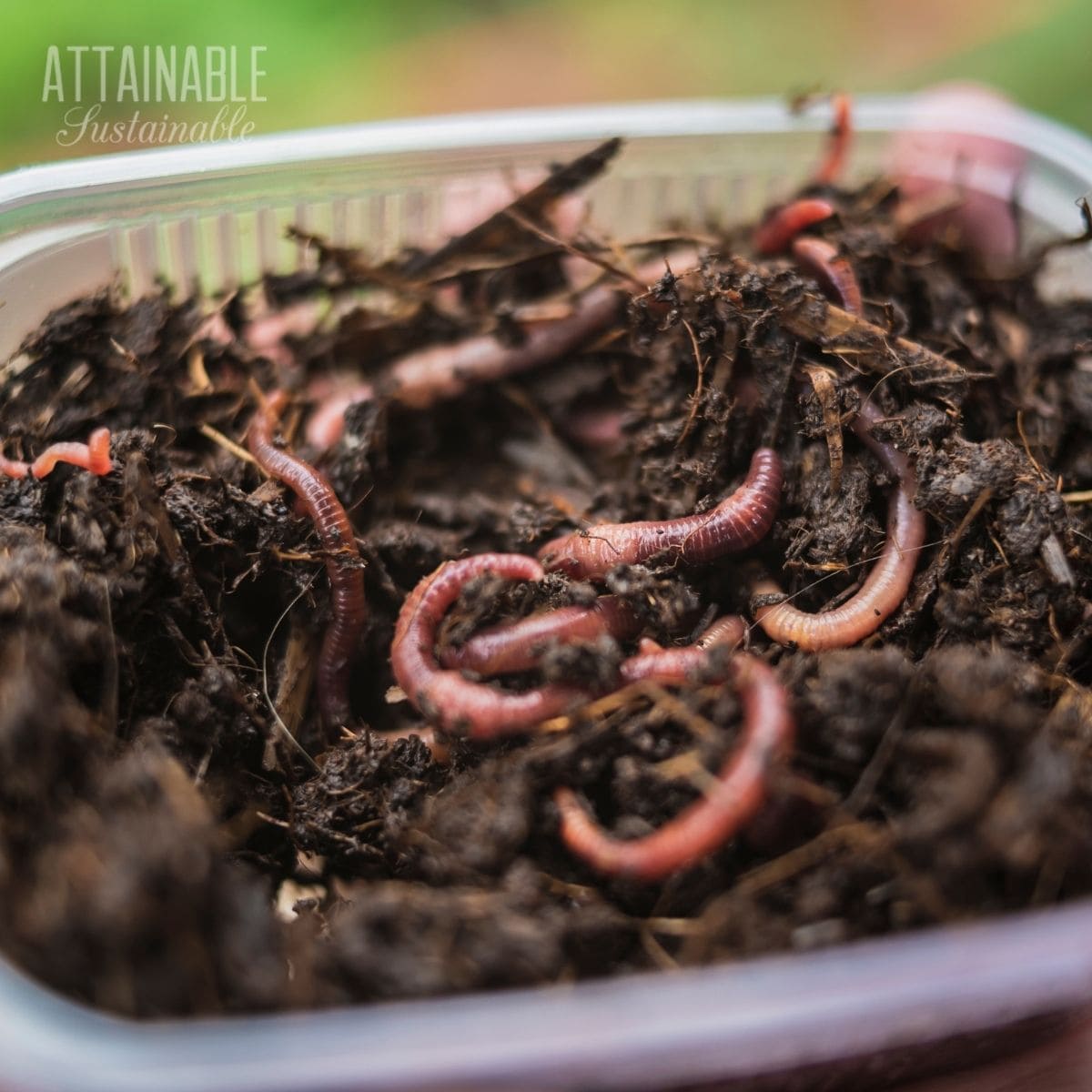
- A bag of vermicompost. This image shows a bag of vermicompost. The bag is filled with vermicompost that is ready to use.
- A worm farm. This image shows a worm farm. A worm farm is a large-scale system for producing vermicompost.
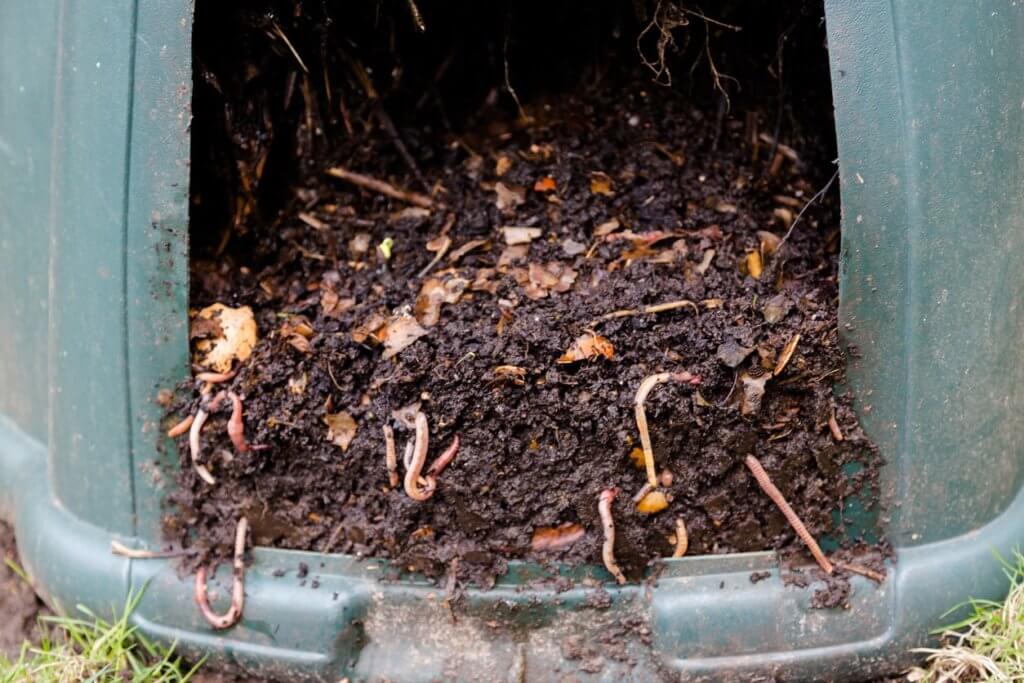
- A worm casting. This image shows a worm casting. A worm casting is a small, round piece of excrement that is produced by earthworms.

- A plant that has been fertilized with vermicompost. This image shows a plant that has been fertilized with vermicompost. The plant is healthy and green.
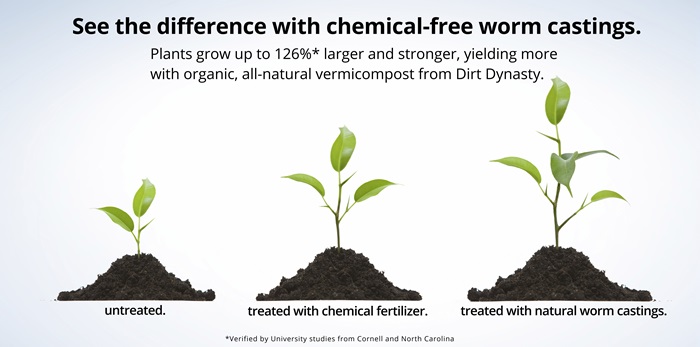
Post a Comment for "Vermicompost For Plants: The Natural Way To Boost Plant Growth"